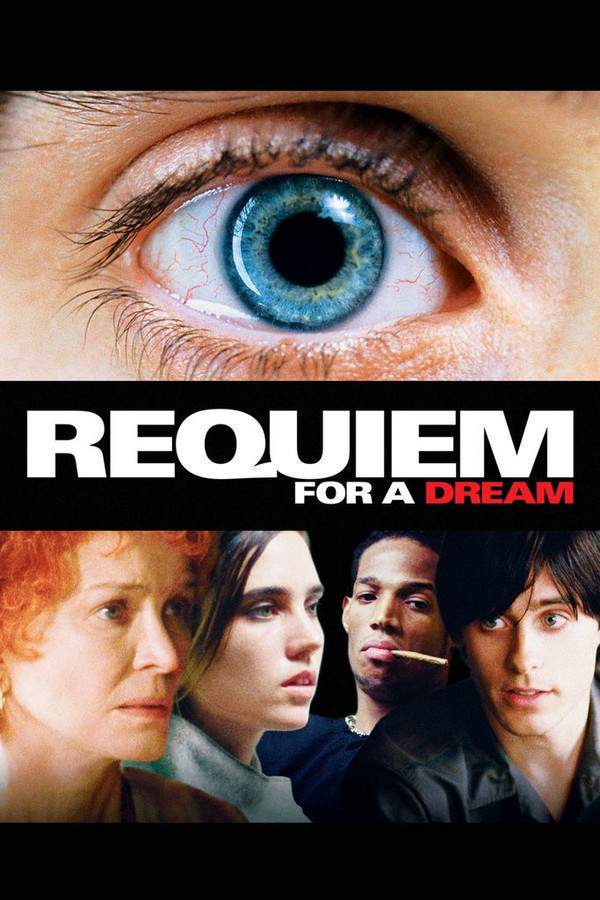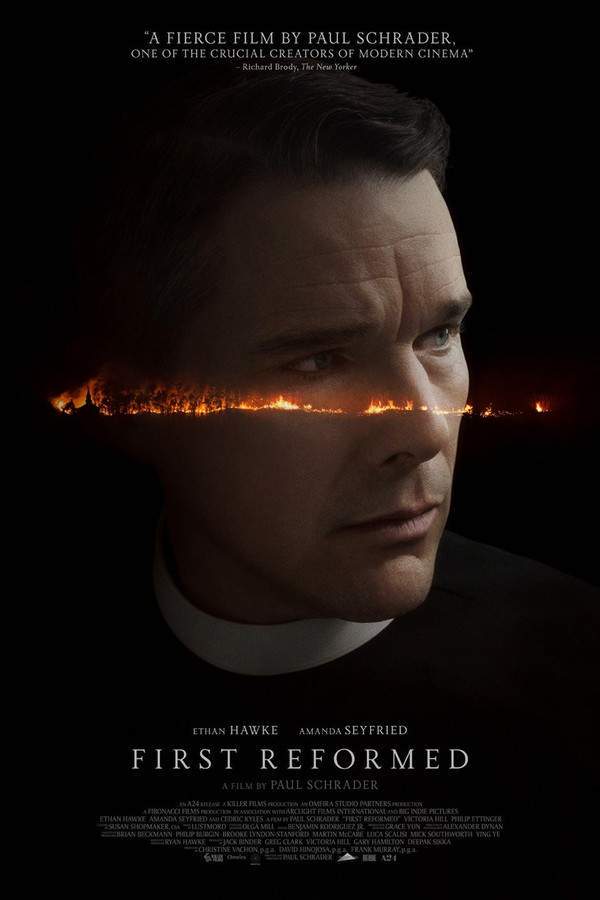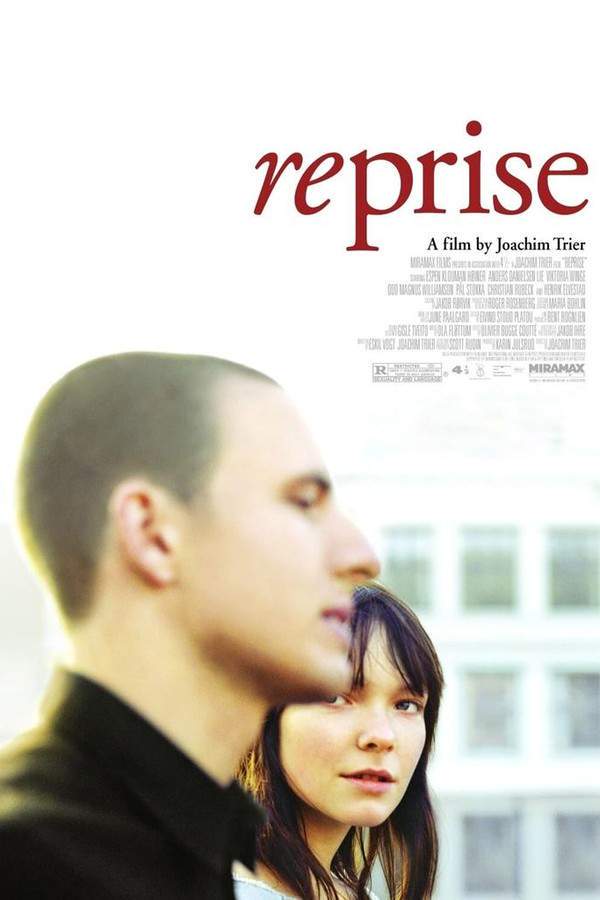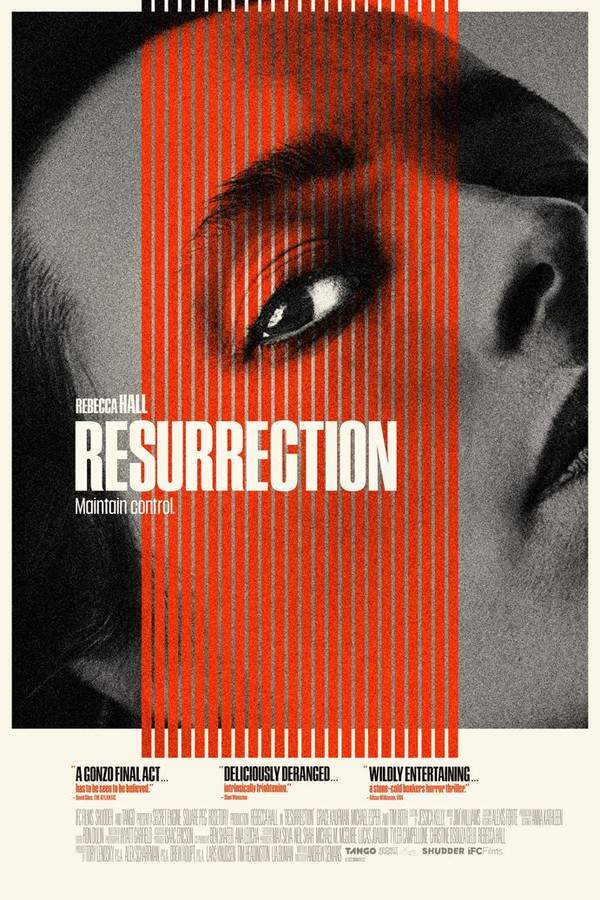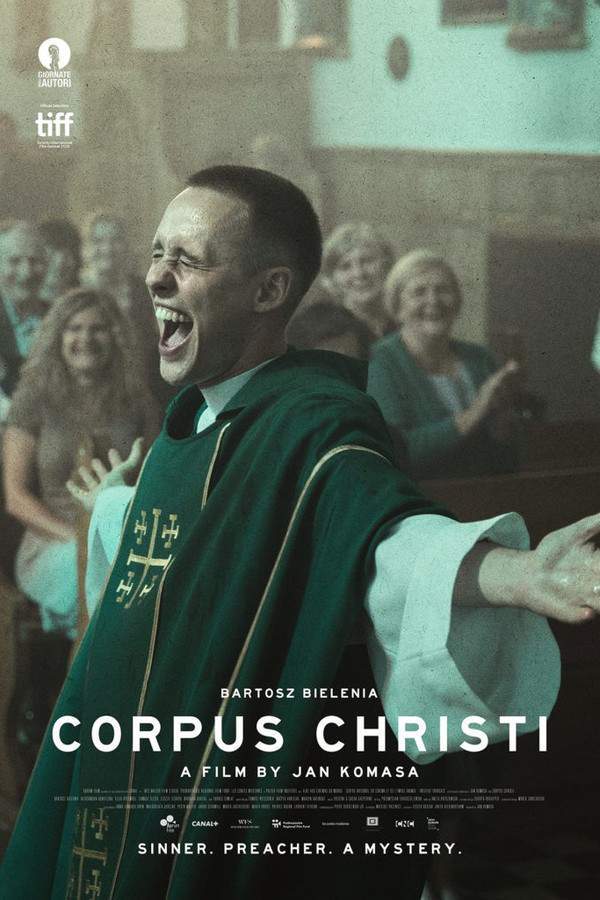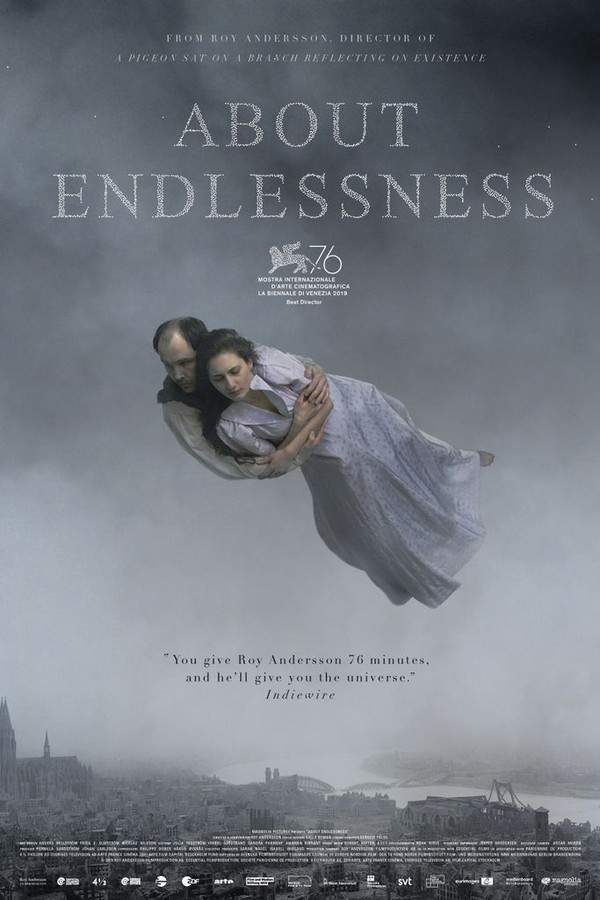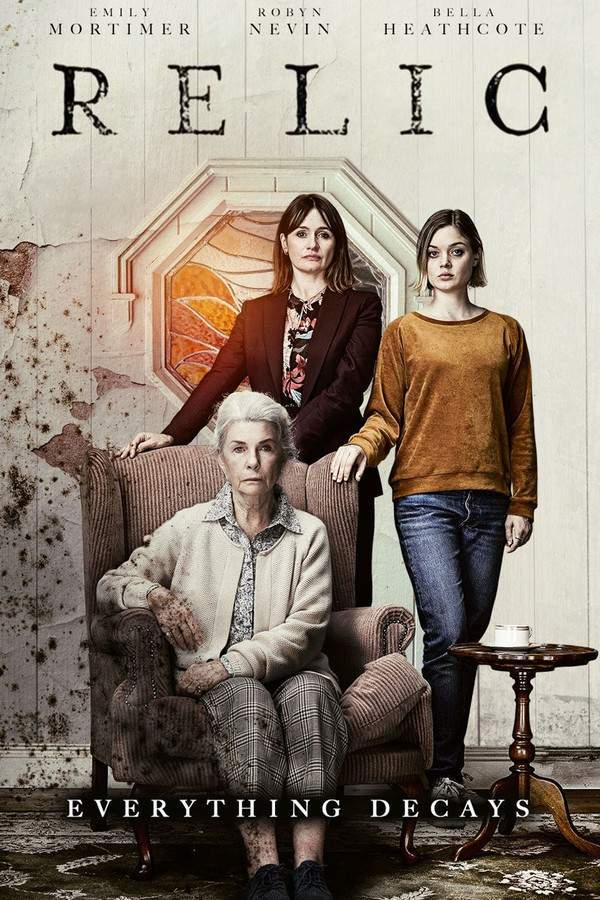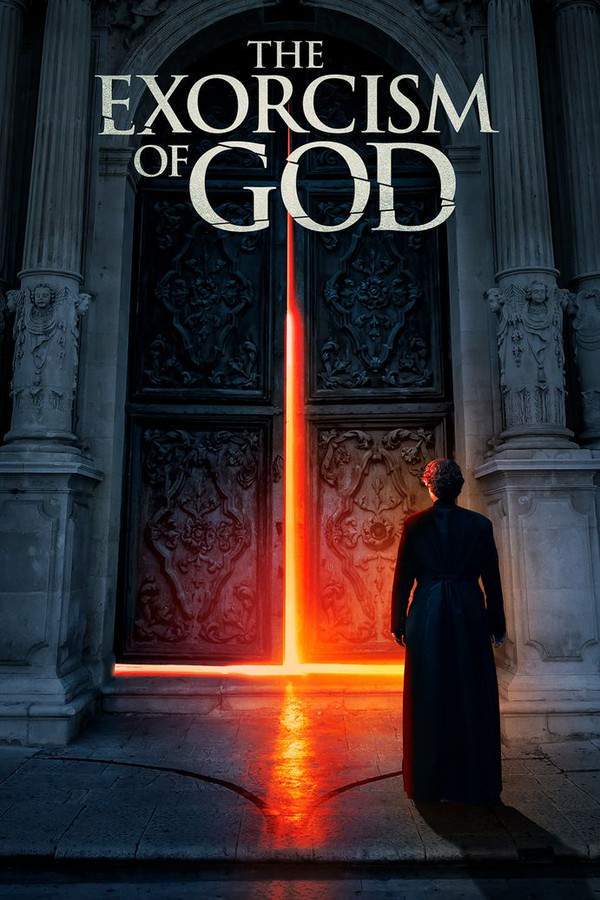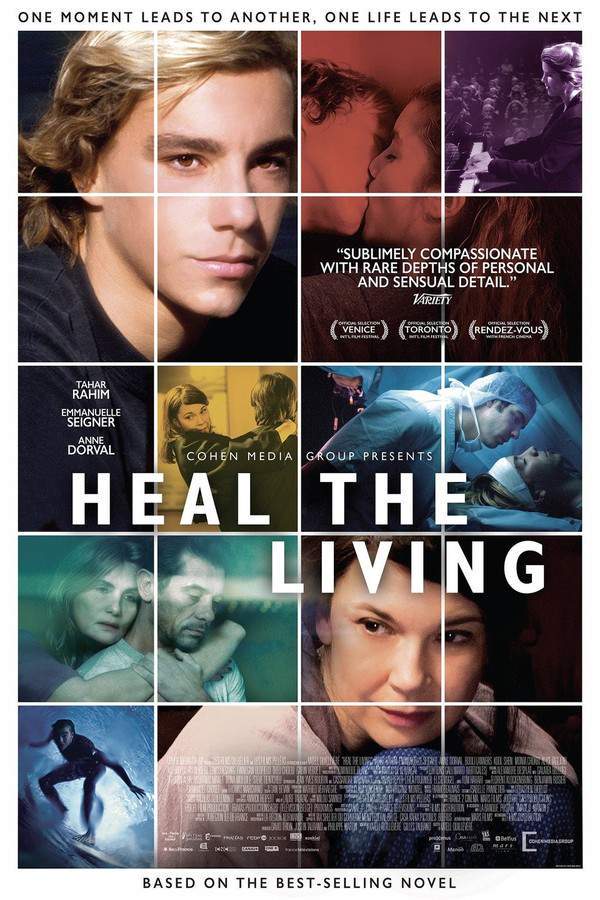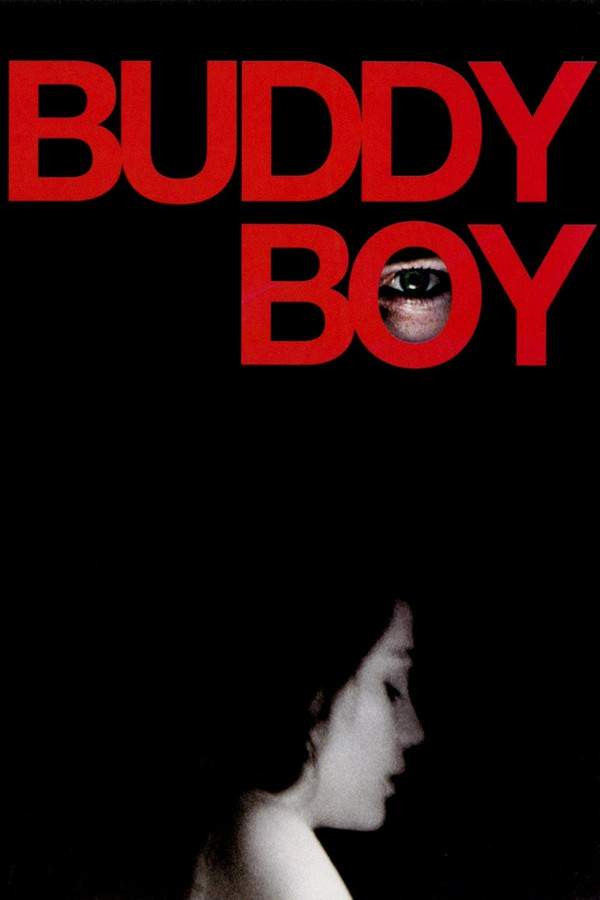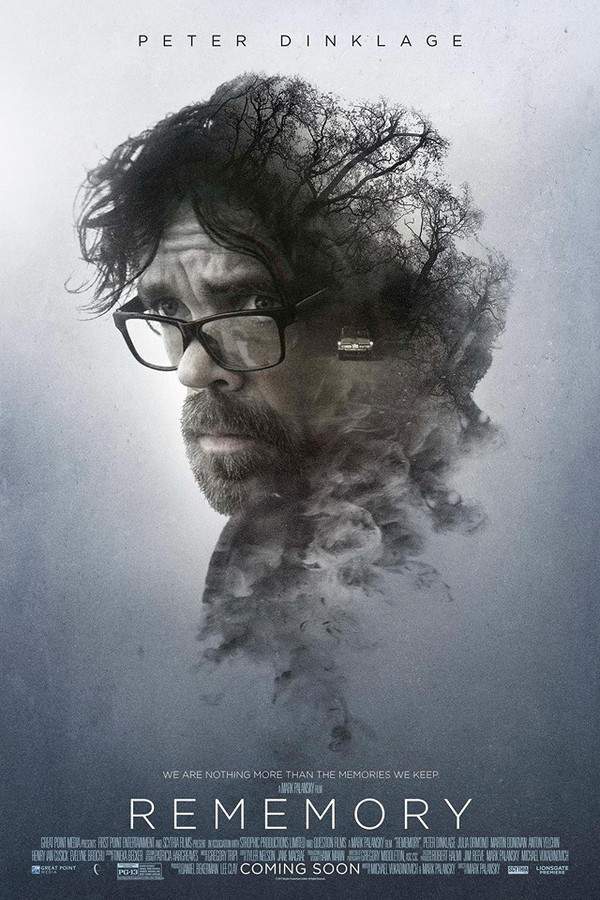
Requiem
Year: 2006
Runtime: 89 min
Language: spanish
Director: Hans-Christian Schmid
Following a profound personal tragedy, Oscar undertakes a journey of self-discovery and healing. Haunted by his past, he confronts difficult memories and the people who shaped them. Through introspection and unexpected connections, he learns that forgiveness—both of others and himself—is essential for moving forward and finding peace.
Warning: spoilers below!
Haven’t seen Requiem yet? This summary contains major spoilers. Bookmark the page, watch the movie, and come back for the full breakdown. If you're ready, scroll on and relive the story!
Requiem (2006) – Full Plot Summary & Ending Explained
Read the complete plot breakdown of Requiem (2006), including all key story events, major twists, and the ending explained in detail. Discover what really happened—and what it all means.
Michaela Klinger, a 21-year-old woman from a devout Catholic family, steps into university life after losing a year to a medical health issue. From the start, her mother stays cautious while her father offers steady support, and Michaela embraces the opportunity to pursue higher education. The campus feels like a new world, but her beliefs and her family’s expectations sit at the center of her choices.
On the first day, she arrives late to her pedagogy class. The professor stops her, questions what she believes in, and when she answers with a firm embrace of God, the room bursts into laughter. A former high school classmate, Hanna, appears cool and distant at first, and the two navigate the uneasy balance between old ties and new beginnings. In a test situation, Michaela helps Hanna cheat just enough to pass, and this small act paradoxically softens their relationship, creating a fragile bond built on shared risk.
The two women grow closer, spending time together and even taking a swim in a lake. Back home for the week, Michaela experiences friction with her mother during dinner, and a religious event with the family intensifies the already heavy atmosphere surrounding her faith. One night, while thirsty for water, she wakes to a disturbing moment: she cannot touch her rosary, and a fainting spell leaves her shaken. Her father finds her and restores her, but the incident lingers in the household as a warning sign.
Back at university, life continues with its mix of study, socializing, and secrecy. Michaela attends a party where she shares a kiss with a guy before dancing, and Hanna later discovers that Michaela had a seizure-like episode that morning. The revelation that she has epilepsy changes how both friends view her. Michaela asks Hanna to keep the diagnosis private, fearing how her parents would react. She seeks help from spiritual avenues, visiting a Roman Catholic priest who dismisses her experiences as fantasies and urges her to consult a psychologist instead.
Dating life continues with a lake outing with Stefan, the man she met at the party. She submits to medical tests, including an X-ray scheduled for the following week, while she speaks with a young pastor and prays with him. Sharing a drink with Hanna, who has begun an internship in another city, she reflects on the fragility of her health and her place in a faith-filled world. Her father visits with a bundle of medical documents, still trying to understand how his daughter navigates her illness and her beliefs. He reassures her that everything is in God’s hands, even as he fears for her safety.
Winter break arrives, and Christmas brings a fresh round of family tension. An argument about clothes seized Michaela’s attention, and an epileptic attack strikes again, prompting a short prayer that feels hollow. She confronts a pastor, telling him that praying has not cured her, while a car stalls on the way home with her father driving, a small moment that underscores the unpredictability of life.
Returning to university, Michaela finds herself wrestling with voices and a growing sense that something more than illness is at play. A confrontation with Hanna arises over Michaela’s drinking and the choice to see a psychiatrist, pushing their friendship toward a fraught edge. Stefan remains a steady presence as he helps with her academics—typing out an essay while she dictates, a gesture that reveals both care and concern for how she will endure four years of school with her condition. They go to parties, and Stefan begins to wonder about the future and Michaela’s capacity to cope with the demands of her studies.
The visit of Michaela’s parents and a pair of pastors marks a turning point. They observe that she has lost the ability to pray, and the older pastor insists that an exorcism requires proof. Her father urges Michaela to reassure everyone that she is fine, that she is studying and taking her pills. But Michaela remains convinced that she is not simply ill—she is experiencing something beyond medical explanation. The family’s attempts to help intensify the sense of crisis, while Michaela’s sister, listening from upstairs, bears witness to the growing chaos below.
Pastors arrive at the house, and the family gathers around to try to heal her through prayer and ritual. Stefan leaves the room, and throughout the film Michaela’s fixation on Saint Katharina—an early martyr she admires—becomes a guiding, if troubling, beacon. She speaks of Katharina to the young pastor and insists that she must stay, convinced that her sufferings serve a higher plan. Hanna returns, seeking to see Michaela, and the parents explain that she is possessed. The two friends step outside for a walk, with Michaela declaring that she will remain until her demons are expelled. Hanna tries to bring her back to a more grounded understanding, telling her that there is no “them” inside—only her. Yet Michaela clings to the belief that this is a divine test, a channel through which she might fulfill a meaning similar to that of Saint Katharine. The scene closes with Michaela alone in a car, staring out the window as the tension reaches its peak.
In the final, heartrending moment, it is revealed that Michaela’s death came from exhaustion after the exorcism practices conducted in her family’s home. The film leaves viewers with a stark meditation on faith, doubt, and the danger that can arise when spiritual conviction and medical reality collide. The story lingers on the cost of believing in a plan that asks for endurance beyond what the body can endure, and it asks us to consider where care ends and coercion begins, especially when love, fear, and tradition pull in opposite directions.
Last Updated: October 09, 2025 at 15:43
Unlock the Full Story of Requiem
Don't stop at just watching — explore Requiem in full detail. From the complete plot summary and scene-by-scene timeline to character breakdowns, thematic analysis, and a deep dive into the ending — every page helps you truly understand what Requiem is all about. Plus, discover what's next after the movie.
Requiem Timeline
Track the full timeline of Requiem with every major event arranged chronologically. Perfect for decoding non-linear storytelling, flashbacks, or parallel narratives with a clear scene-by-scene breakdown.

Characters, Settings & Themes in Requiem
Discover the characters, locations, and core themes that shape Requiem. Get insights into symbolic elements, setting significance, and deeper narrative meaning — ideal for thematic analysis and movie breakdowns.

Similar Movies to Requiem
Discover movies like Requiem that share similar genres, themes, and storytelling elements. Whether you’re drawn to the atmosphere, character arcs, or plot structure, these curated recommendations will help you explore more films you’ll love.
Explore More About Movie Requiem
Requiem (2006) Scene-by-Scene Movie Timeline
Requiem (2006) Movie Characters, Themes & Settings
Requiem (2006) Spoiler-Free Summary & Key Flow
Movies Like Requiem – Similar Titles You’ll Enjoy
Requiem for a Dream (2000) Complete Plot Breakdown
First Reformed (2018) Detailed Story Recap
Reprise (2008) Detailed Story Recap
Resurrection (2022) Plot Summary & Ending Explained
Corpus Christi (2020) Detailed Story Recap
About Endlessness (2021) Detailed Story Recap
Relic (2020) Ending Explained & Film Insights
The Exorcism of God (2022) Movie Recap & Themes
Heal the Living (2017) Plot Summary & Ending Explained
The Dawn (2020) Ending Explained & Film Insights
Buddy Boy (2000) Full Movie Breakdown
Persona (1967) Plot Summary & Ending Explained
The Rite (2011) Detailed Story Recap
Rememory (2017) Complete Plot Breakdown
Departures (2009) Spoiler-Packed Plot Recap



